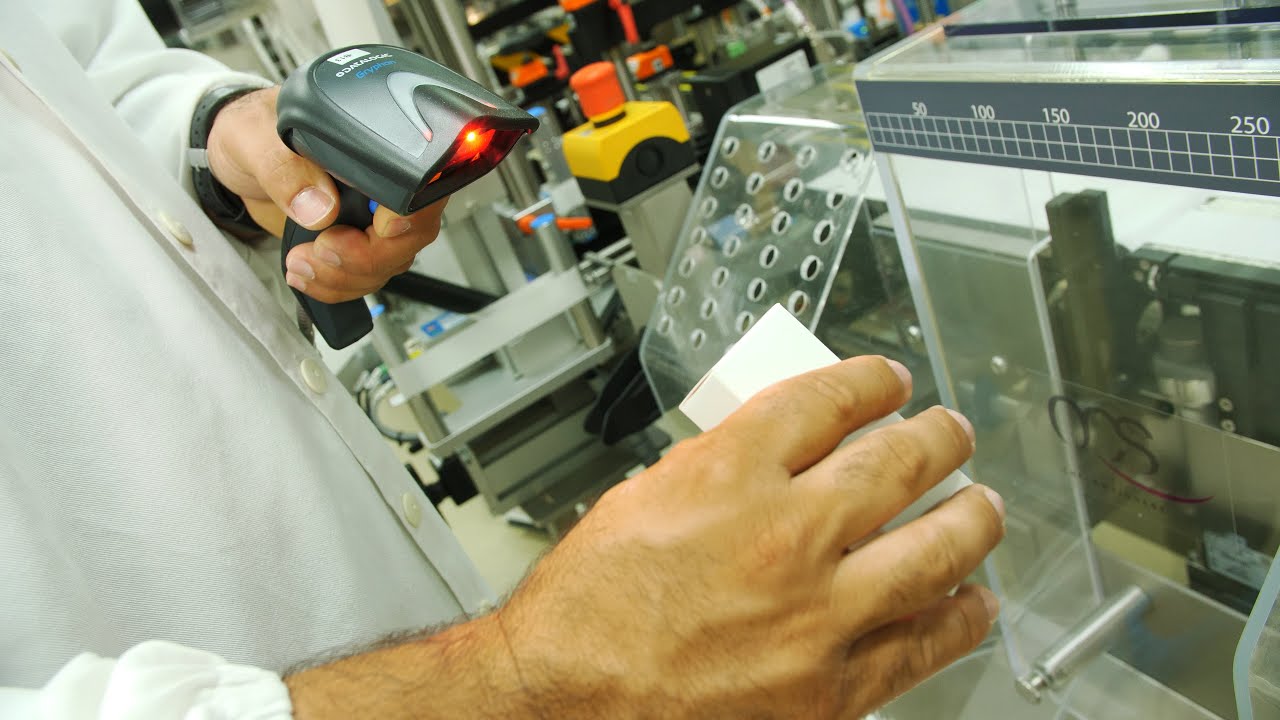Implementing Track and Trace Technology
One of the first steps in implementing track and trace technology is to pick the right solution for an organization’s specific needs. When choosing a system, factors like barcode technology, software integration, and regulatory compliance should be considered. Barcodes are the most common way products are labeled in track and trace systems. Decisions around which barcode symbology to use, such as linear or 2D barcodes, depend on product and packaging characteristics. The chosen technology must be scannable throughout the entire supply chain.
Software is also a core component of any Track And Trace Solutions. Enterprise resource planning (ERP), warehouse management, and transportation management software may need to integrate with the track and trace platform. This ensures product data captured at each point can be recorded and accessed as it moves between different systems. Solution providers offer both proprietary and integrated options. Determining regulatory requirements for the product category and target markets is likewise important for the system to satisfy compliance.
Implementing Serialized Unit Level Traceability
For medications and other regulated products, uniquely identifying each saleable unit is necessary. This involves implementing serialized unit level traceability. Individual products must be assigned a unique identifier, usually a serial number encoded in a barcode. The serialization process and equipment needed are considerations when deploying this capability. As each unit is produced, packaged and labeled, its serial number is recorded against product attributes in the track and trace database. This single-item level tracking provides the highest level of visibility.
Storing and Sharing Supply Chain Event Data
After implementing unique identification and data capture capabilities, standardized message formats are key to facilitating interoperability. Track and trace systems must be able to send and receive supply chain event data in formats like those defined by GS1. This ensures compatibility with trading partners and regulators. Product identifiers and transaction details are communicated at critical monitoring points like manufacturing, distribution and dispensing. Storing this serialized event data long-term in the track and trace platform or centralized Hub provides a complete history.
Analytics and Reporting Possibilities
With comprehensive event data aggregated, powerful analytics and reporting become possible. Tools within the track and trace system or integrated business intelligence solutions can analyze metrics like lead times, expirations, recalls and more. Visualizing supply chain performance helps identify issues or risks. For products with tight expiry dates ensuring “first expiry, first out” requires visibility into historical transaction records. Sophisticated tracking and tracing also enables targeted recalls and tracing of products to affected lots when quality problems arise.
Securing Sensitive Supply Chain Information
Given the sensitive commercial and patient safety information contained in track and trace systems, cybersecurity is paramount. Robust authentication, authorization and data encryption capabilities protect against threats. Careful access controls restrict data views according to user roles. System providers implement security best practices for application development, infrastructure hardening, penetration testing and more. Data must also be stored securely according to regulatory requirements like the EU GDPR to avoid risks of snooping or tampering with pharmaceutical traceability records.
Integrating Multiple Package Levels for Complex Products
Some products have components or consumables packaged at multiple levels requiring traceability across these levels. For example, a medical device may come in an outer case containing replacement parts in inner packages. Correctly linking the identifiers for all package levels while maintaining performance is challenging. Powerful track and trace systems support serialized traceability from each unit level through to the transport packaging containing multiple units. This ensures visibility when issues span more than one package level.
Choosing the Right Deployment Model
Track and trace solutions can be deployed on-premise, in the cloud or using a hybrid model. Requirements around scalability, availability, partner connectivity and IT preferences determine the best approach. Cloud-based SaaS models eliminate upfront infrastructure costs and software maintenance. But on-premise may be necessary due to data sovereignty considerations. Hybrid options leverage both internal infrastructure and cloud services. Performance needs also factor in—cloud may be better for resource-intensive tasks like large-scale aggregation. Ultimately the deployment choice impacts implementation, operations and total cost of ownership.
Enabling Full End-to-End Supply Chain Visibility
The goal of advanced track and trace is providing full visibility from raw material sources to the patient or consumer. To achieve complete end-to-end visibility, traceability must span all critical partnerships. This means expanding solutions to incorporate suppliers, contract packagers, third-party logistics providers and entire networks. Connecting systems enterprise-wide through integration ensures a holistic view of product flow from origin to destination. With the right technology foundations in place, organizations gain unparalleled oversight into their complex global supply chains.
Choosing the right track and trace solution requires careful examination of an organization’s unique supply chain characteristics, priorities and goals. A comprehensive evaluation of factors like compliance needs, software fit, scale requirements and technology preferences helps select the optimal platform. With the right implementation supported by executive buy-in and change management programs, traceability solutions deliver enhanced visibility and control for more responsive, efficient operations.
*Note:
1. Source: Coherent Market Insights, Public sources, Desk research
2. We have leveraged AI tools to mine information and compile it

